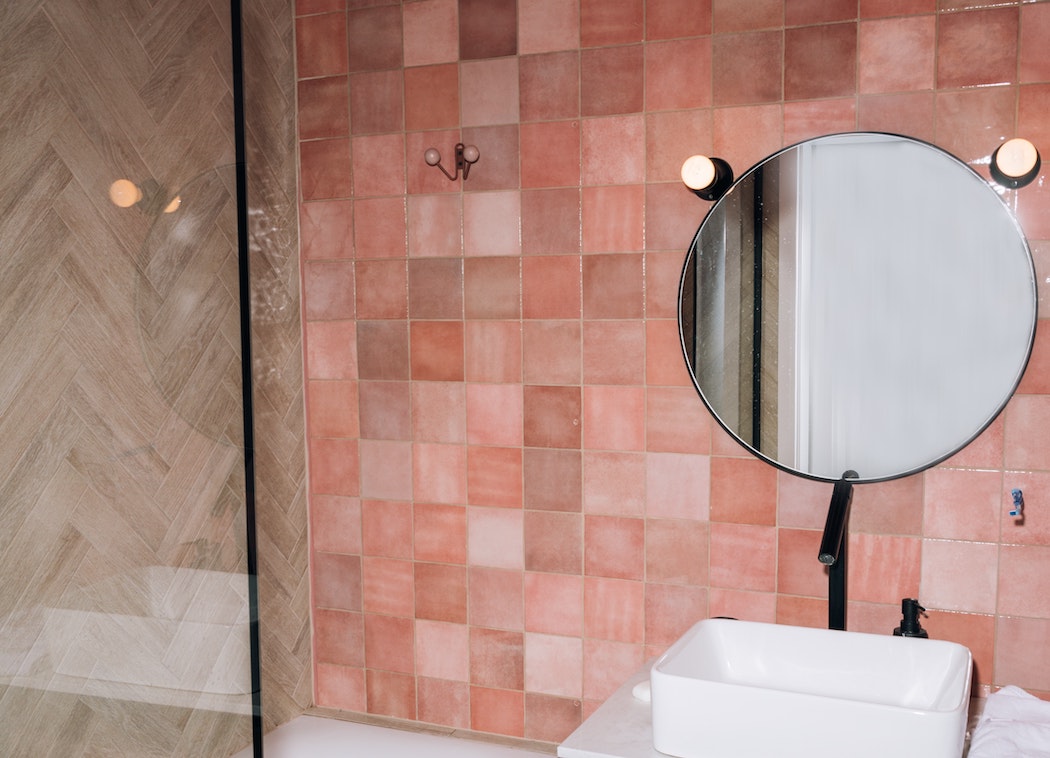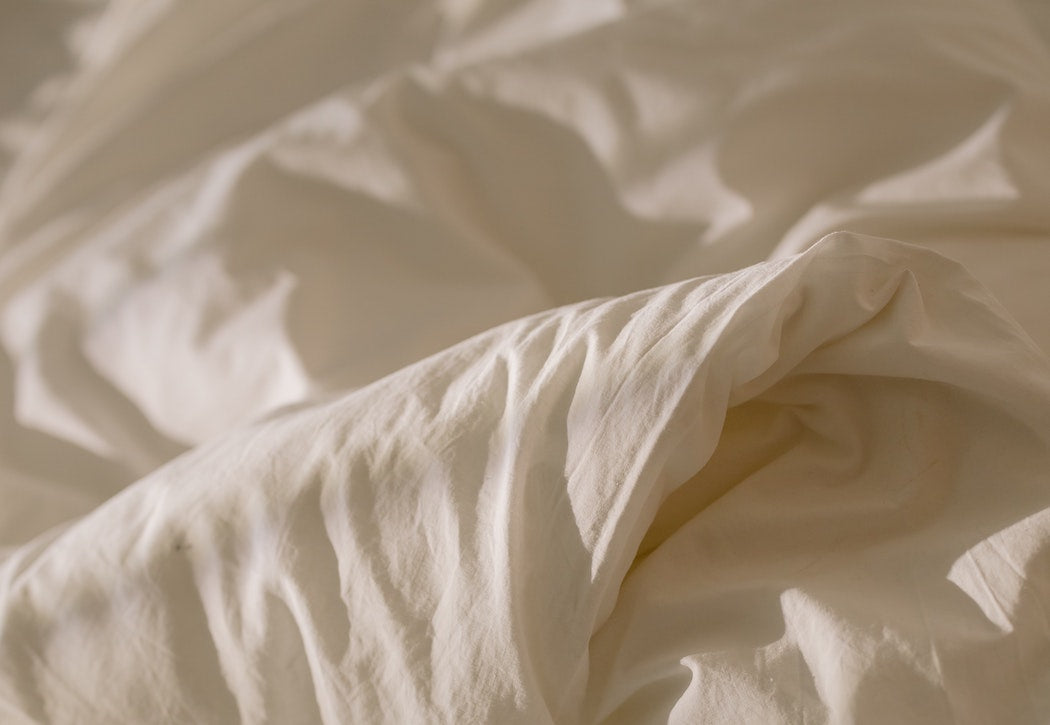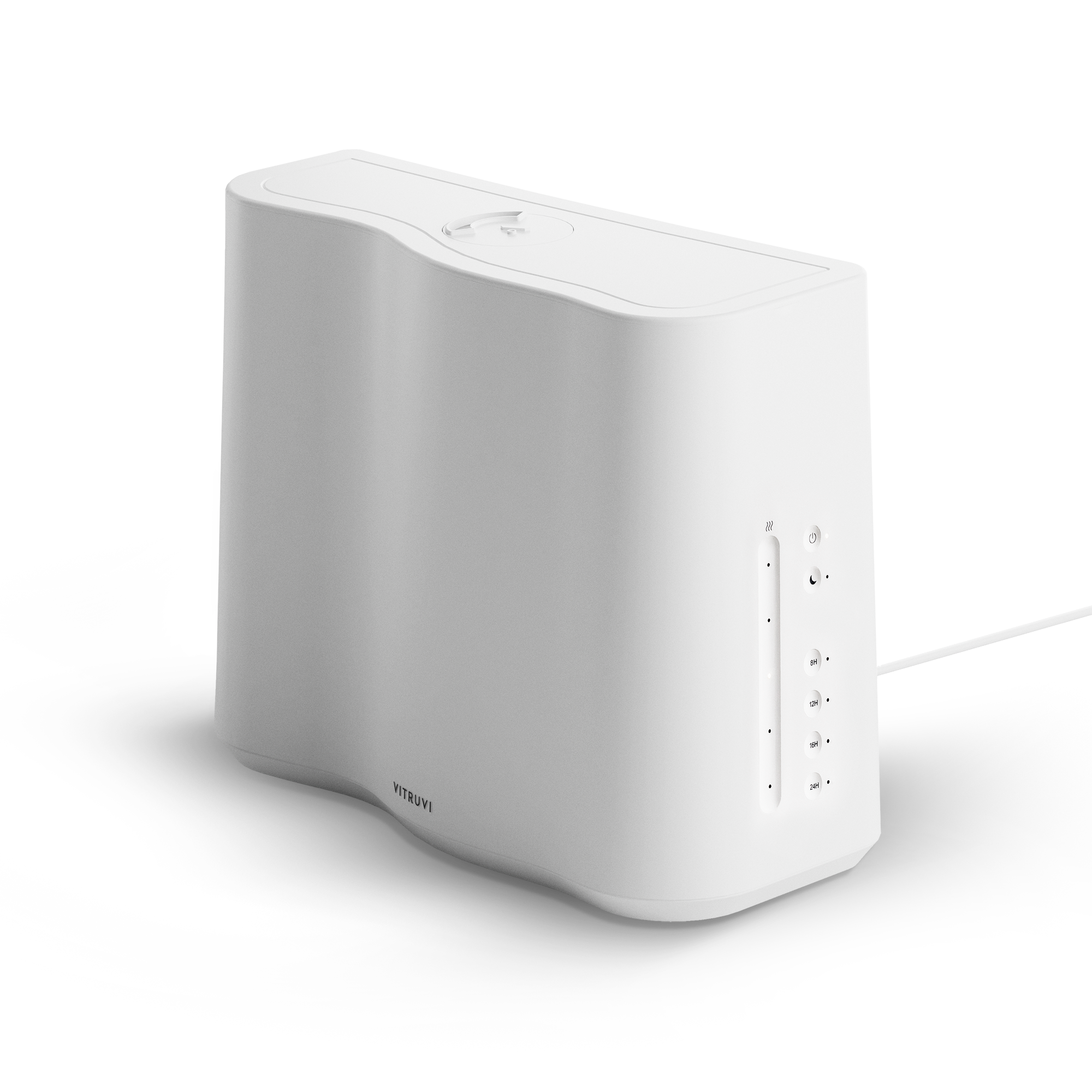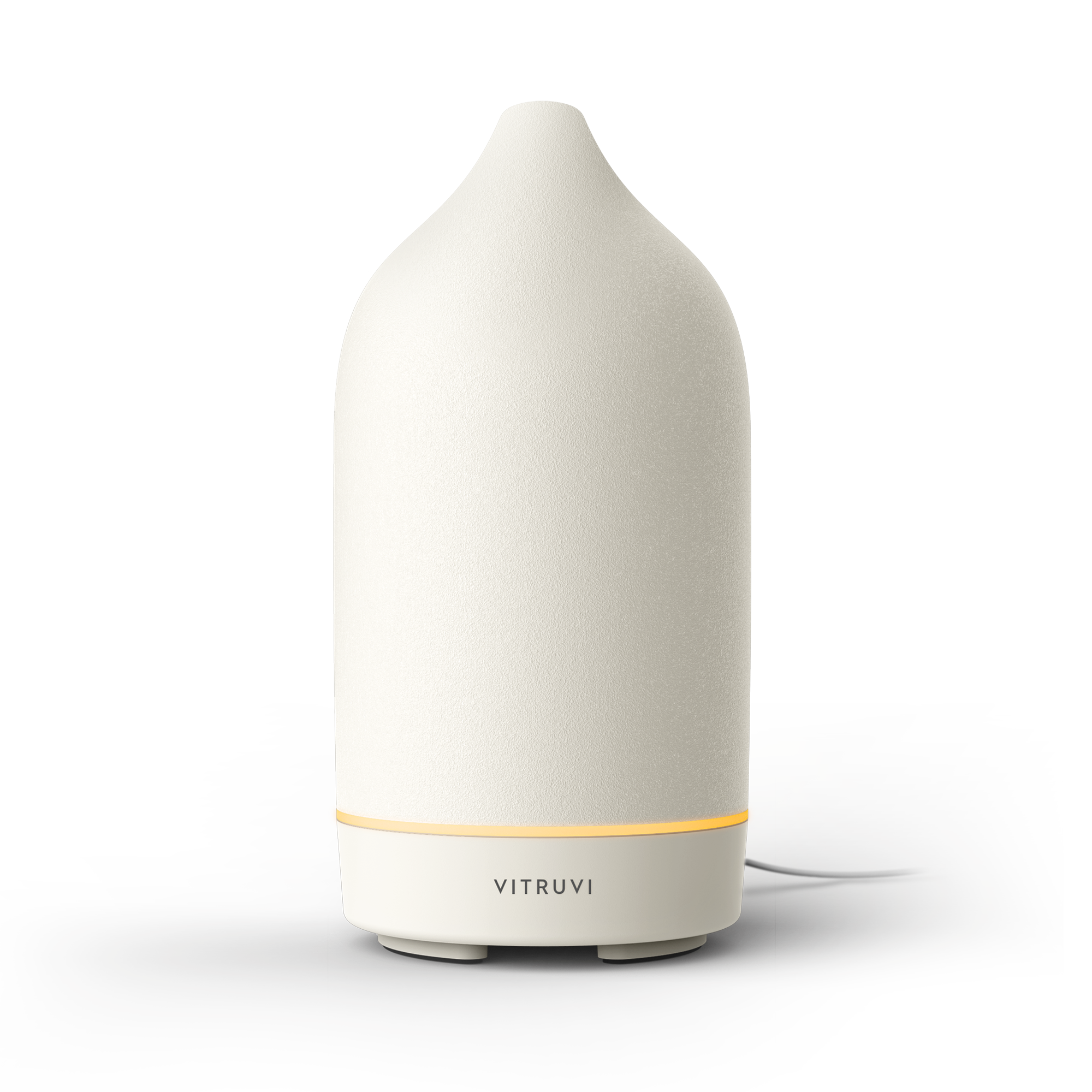In the world of wellness, lymphatic drainage massages are having a moment. The manual technique of lymphatic drainage touts many benefits for the body, with the most prolific among them being detoxification and de-bloating.
What is the lymphatic system?
Think of the lymphatic system as a highway of blood vessels, nodes, and organs that lie just beneath the skin. This is the body’s natural way of removing things like viruses and bacteria. It does this by way of lymph, a clear fluid that contains toxin-fighting white blood cells. The lymph sweeps up cellular waste from the tissues before expelling them via lymph nodes located strategically throughout the body (expulsion occurs through sweat, bowel movements, urine, and breath).
Benefits of lymphatic drainage
Protecting the body from infections and illnesses, the lymphatic system plays a crucial role in a well-functioning immune system. A stagnant lymphatic system can lead to issues like fatigue, skin ailments, insomnia, stress, digestive issues, migraines, and more. Lymphatic drainage aids detoxification, blood circulation, tissue regeneration, collagen production, and overall healing.
How does lymphatic drainage work?
Unlike blood, which is pumped from the heart throughout the body, lymph fluids rely on the body’s muscle movements to circulate. This means regular activity and exercise will facilitate lymphatic drainage—so, something as simple as going for a light run can get the lymph fluids moving.
The technique of manual lymphatic drainage uses gentle, rhythmic motions to stimulate the lymphatic system, helping it work more effectively. The keyword here is gentle, as the lymph vessels are located just under the skin—so only light pressure is needed to kickstart a dormant system. It’s often used as therapy for those who have undergone surgery or trauma to reduce swelling from excess fluids. A lymphatic drainage massage, however, differs because it uses heavier pressure.
What’s a lymphatic drainage massage?
Compared to manual lymphatic drainage, lymphatic drainage massage involves much deeper strokes that work the lymph nodes located throughout the body. The goal is to drain them to allow them to take on more fluid, often to achieve additional aesthetic benefits such as reduced cellulite and sculpting.
Because of this, many spas advertise lymphatic drainage massages as slimming—but it’s important to note that these massages do not eradicate fat. Instead, they help reduce swelling, water retention, and bloat, which can have a temporary slimming effect. In addition to instant toning post-treatment, you might experience flushed skin due to increased blood flow, sore muscles from the heavier pressure, and an urge to urinate more as your lymphatic system will be working hard to expel those toxins. Just remember to stay hydrated to replenish fluids and prolong the benefits.
How often should you get a lymphatic drainage massage?
This varies on the state that your body is in, so it’s best to consult a professional for suggested frequency; you’ll work together to come up with a treatment plan that’s right for you. Post-massage, focus on hydration and avoid processed foods in order to maximize the results.
At-home lymphatic drainage
If you want to try your hand at lymphatic drainage at home, you’ll need an oil or lotion—something to help glide. Then you can either use your hands or a lymphatic drainage body tool like this one from De la Heart. Glide the tool or your hands towards your lymph nodes (most are located in the neck, chest, armpits, and groin) to spark drainage. Start with once a month and see how you feel.
While lymphatic drainage is not something you necessarily need to do since it happens naturally with consistent activity, sometimes our bodies can benefit from a little extra care.












